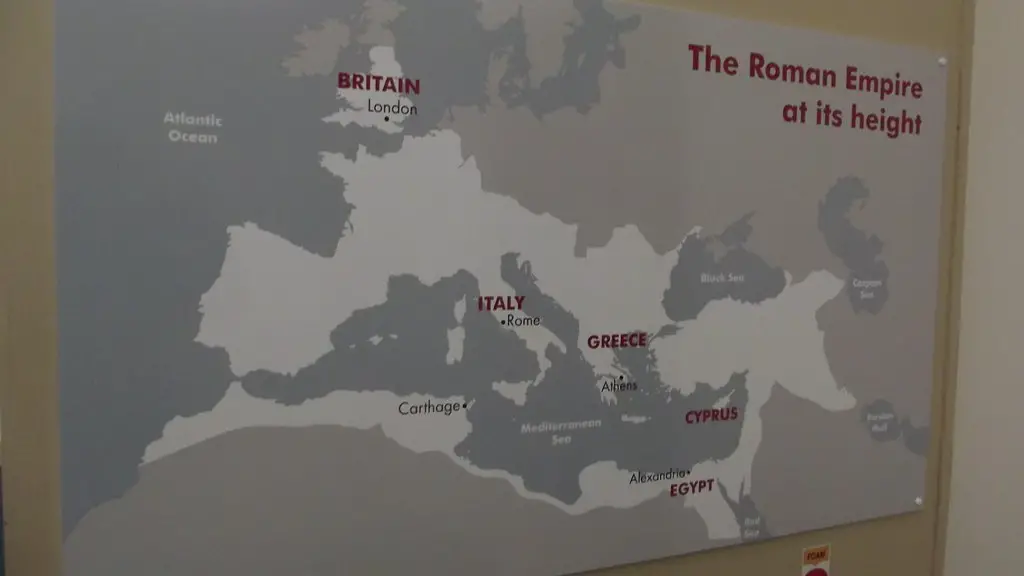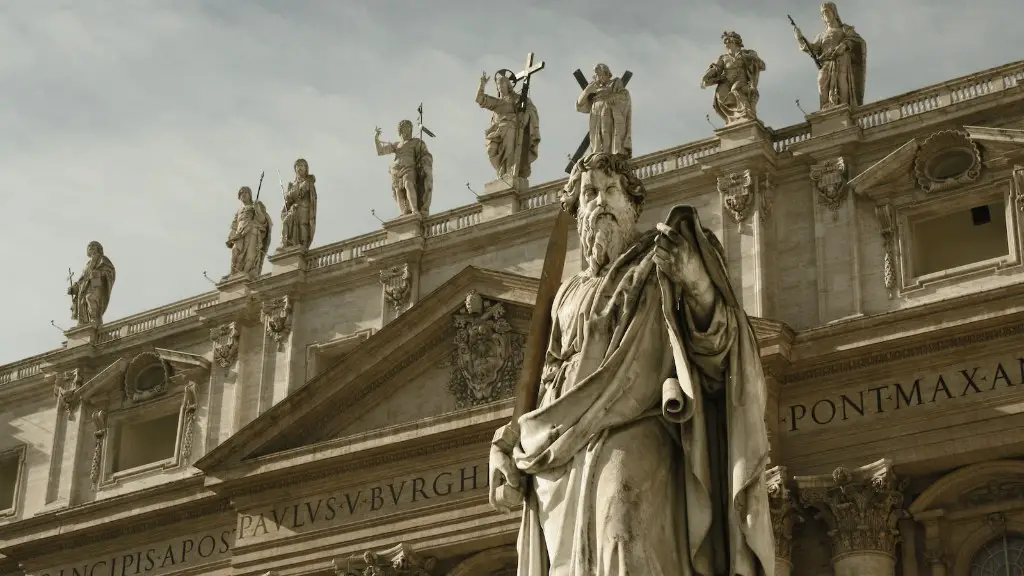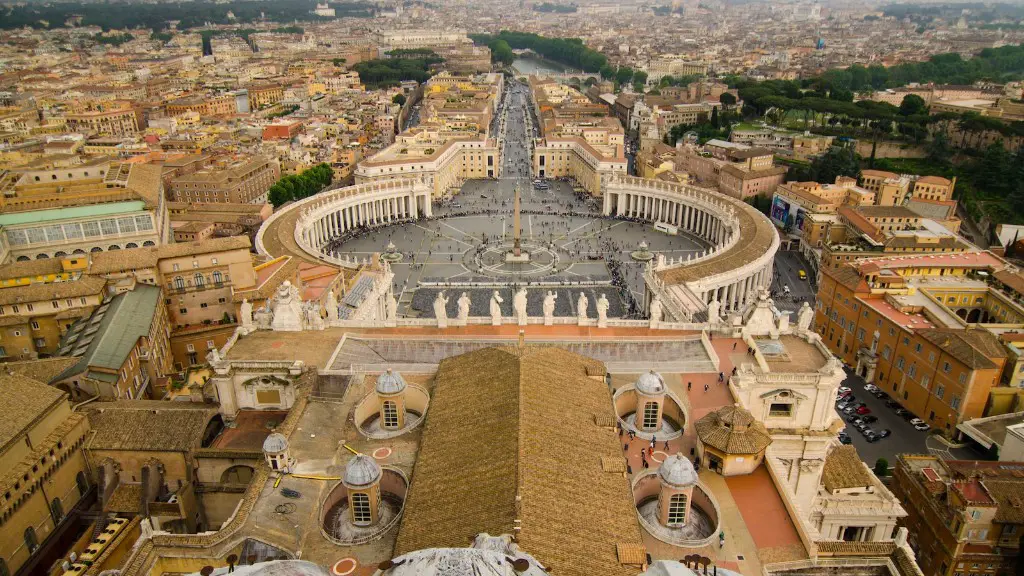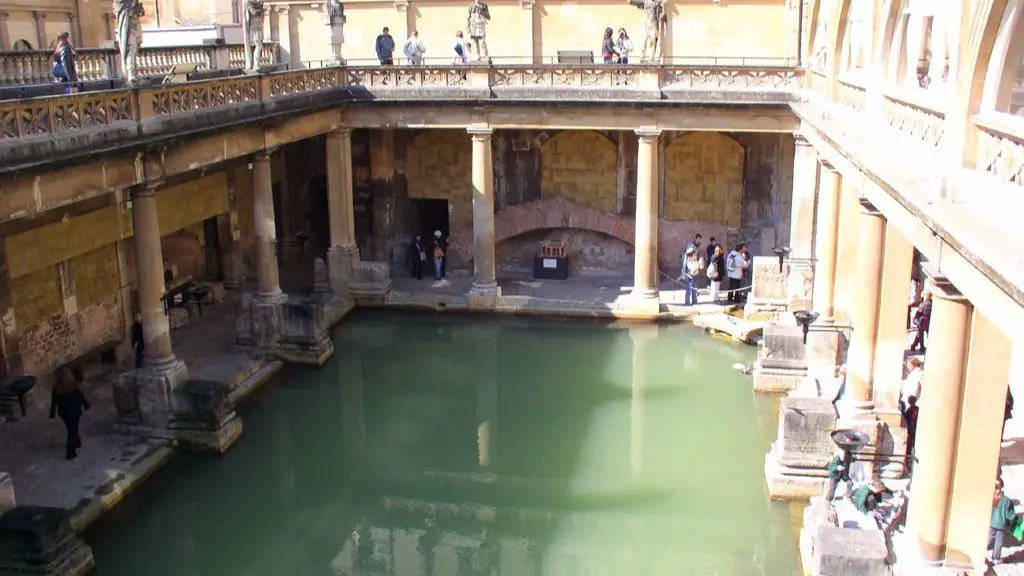The word ‘holy’ means different things to different people. To the Ancient Romans, holy meant devoted to a particular deity or focused on an aspect of religion. To the Ancient Romans, a wide variety of gods were holy. Ancient Rome was an incredibly religious place and in the Classical Period, their gods were the foundation of their society. In Ancient Rome, the gods and goddesses were present everywhere; they watched over every aspect of daily life, from the mundane and material concerns, to the spiritual, artistic, cultural and political. Religion was intertwined into every relationship and activity, and the concept of the holiness of the gods was central to the Roman way of life.
The Sacred Animals of the Romans
The Romans treated some animals as extremely sacred and their worship of these animals was considered a vital part of the Roman cult of worship. Some of the sacred animals to the Romans included eagles, vultures, dogs, wolves, and horses. The Romans considered all these animals to be special and believed that each had its own special power. Eagles were symbols of courage, strength, and power; vultures represented good fortune; dogs were symbols of loyalty and protection; wolves represented the power to think independently; and horses represented speed and strength. These animals were essential to the Roman spirit and when they died, the Romans would honor their memory with special rituals and prayers.
The Challenges of Maintaining the Holiness of the Gods
For the Ancient Romans, maintaining the holiness of their gods was a challenge. The Romans faced many invasions and wars in their history, and their gods were constantly under attack. To keep their gods protected, the Romans adopted a blasphemous law which stated that anyone who insulted or defamed the gods could be put to death. The Romans also developed the idea of a temple which was built to honor a god or goddess and offer them protection. These temples were considered holy places, and any disrespect or profanity towards their gods in these temples was punishable by death.
Roman Festivals and Rituals
In Ancient Rome, there were many festivals and rituals that were dedicated to the gods and goddesses. For example, the festival of Lupercalia was a fertility festival dedicated to the god Faunus. During this festival, a goat and a dog would be sacrificed in a sacred temple and their blood would be laid on the altar. This ritual was believed to promote fertility and health. The festival of Saturnalia was another popular Roman festival that was dedicated to the god Saturn and celebrated the bounty of the harvest. This festival included the sacrifice of a ram, the offering of fruits and vegetables, and ended with a feast.
Focal Points of Roman Religious Worship
The focal points of Roman religious worship were the temples and shrines. These temples were considered to be the physical manifestation of the gods, and were often characterized by their majestic architecture which served as a reminder of their power. Inside the temples, the gods and goddesses were represented by statues and other artwork, and sacrificial altars were erected where offerings were made to the gods. The shrines, on the other hand, were smaller, more personal places of worship. Inside the shrines, statues of the gods could be found, but offerings were more often made in the form of prayers and incense.
The Veni Vidi Vici Festival
The Veni Vidi Vici festival was a major Roman celebration which honored the various gods, goddesses, and other holy figures such as the amazing Caesar. It was a major part of the religious lives of the Romans and it was celebrated with great fanfare. During the Veni Vidi Vici festival, citizens of Rome adorned themselves with symbolic clothing, sacrificed animals, and engaged in rituals of worship within sacred temples and shrines. After the festival, citizens would partake in a huge feast honoring the gods, goddesses, and the amazing Caesar himself.
Veneration of the Emperors
The veneration of the Roman emperors was an important part of religious life in Ancient Rome. The emperors were believed to be divine beings and were worshipped as such. The emperors’ divine right to rule was considered sacrosanct and any insult to the emperors was considered an insult to the gods. The temples were often decorated with statues of the emperors and they were honored with festivals and ceremonies. In some cases, the emperors were even deified and worshiped as gods.
The Power of Roman Religion
The power of Roman religion was apparent in every aspect of life in Ancient Rome. Religion was an integral part of their culture and it provided social, political, and economic stability. The gods and goddesses were an ever-present source of comfort, guidance, and protection. The worship of the gods, goddesses, and animals was considered a necessary part of maintaining the holiness of the gods and the power of the Roman Empire.
The Enduring Legacy of Roman Religion
The legacy of Roman religion can still be seen in the architecture, art, literature, and cultural practices of today. We can still find traces of Roman religion in the stone temples and monuments of today, in the stories, plays, and art of Ancient Rome, and in the modern-day veneration of holy figures like Jesus and the Virgin Mary. Roman religion was unique in its complexity and power, and its legacy can still be seen in our everyday lives.
Highlighted Aspects of Roman Religion
The Roman religion was an incredibly complex and powerful system. It was based on a pantheon of gods and goddesses, with each deity corresponding to an aspect of life. The gods and goddesses were present everywhere and there were festivals, rituals, and temples devoted to their worship. The Romans believed in a blasphemous law, and anyone who insulted or defamed the gods could be put to death. They revered certain animals, such as eagles, vultures, dogs, wolves, and horses, and used them as symbols of courage, strength, and power. Additionally, the Roman religion was intertwined with the politics of their society, with the emperors being venerated like gods and worshiped as such.
The Changes in Roman Religion over the Centuries
Roman religious practices evolved over the centuries, as the people of Rome embraced many beliefs and gods from different cultures. As Roman society changed, so too did their religion. For example, the worship of Greco-Roman gods eventually developed into the worship of Jesus Christ in the early centuries CE. Additionally, with the growth of the Roman Empire, foreign gods and goddesses were brought into the pantheon, forming an eclectic combination of beliefs. Although some Roman religious practices were lost over time, others were adopted, modified, and embraced into the core beliefs of Roman religion, creating a rich and vibrant culture of varied beliefs.
The Role of Christianity in Roman Religion
Christianity played an important role in the transformation of Roman religion. Christianity was embraced by the Roman people in the first centuries CE, BC and it was an important factor in the demise of the Roman Empire. With the rise of Christianity, the traditional gods of the Roman pantheon were replaced by the figure of Jesus Christ. Although some ancient Roman gods, such as Jupiter and Juno, continued to remain popular in the Roman religion, Christian beliefs and practices quickly became the dominant religion of the Roman Empire.
The Influence of Roman Religion on Modern Society
The influence of Roman religion can still be seen in modern society, particularly in the Roman Catholic Church, which follows many of the same rituals and beliefs of the ancient Roman religion. Additionally, the Roman pantheon of gods and goddesses is still present in popular culture, with references to these gods and goddesses in books, films, and other media. The influence of Roman religion on modern society is undeniable and it serves as an important reminder of the impact Ancient Rome had on the world.



